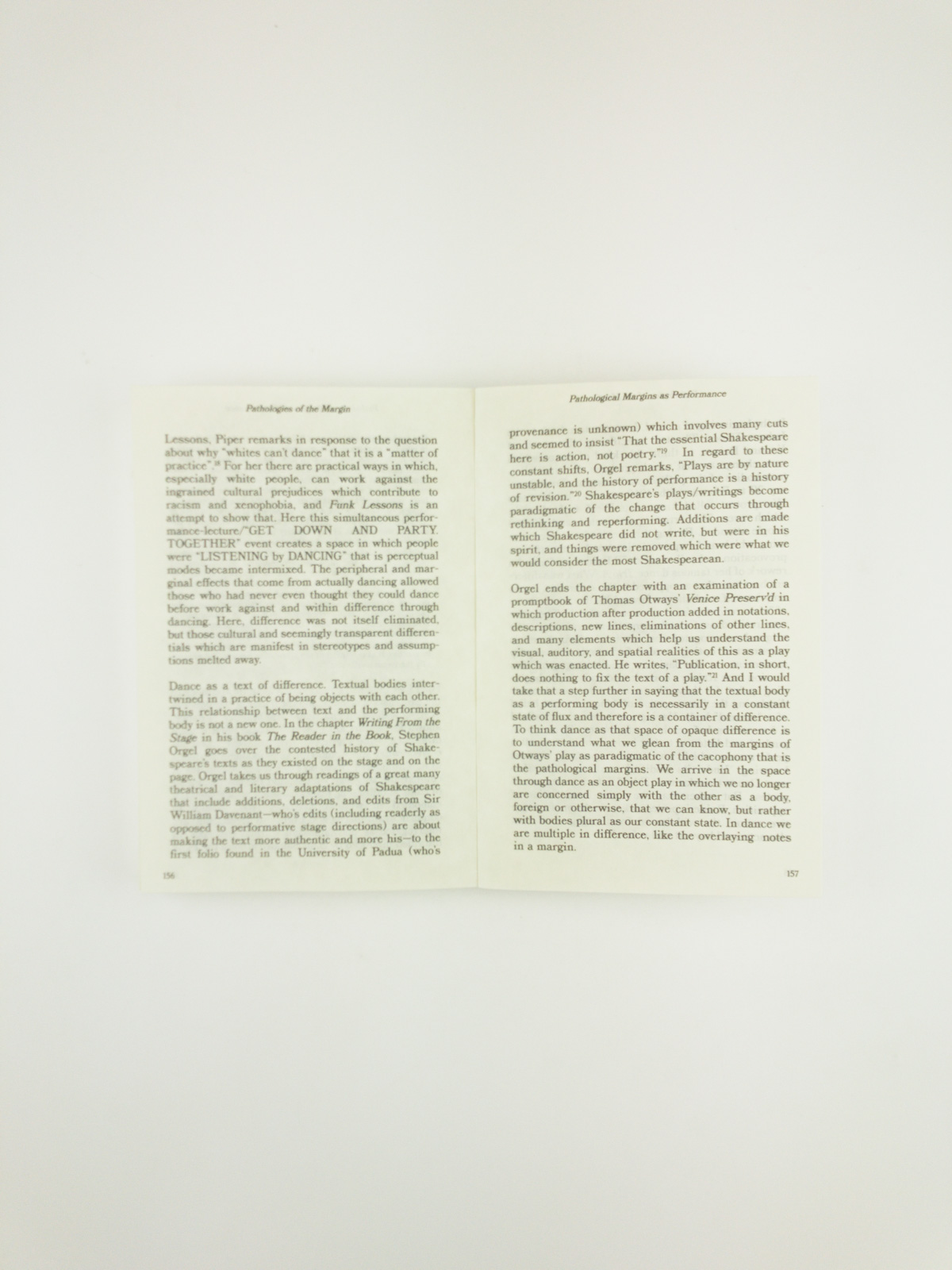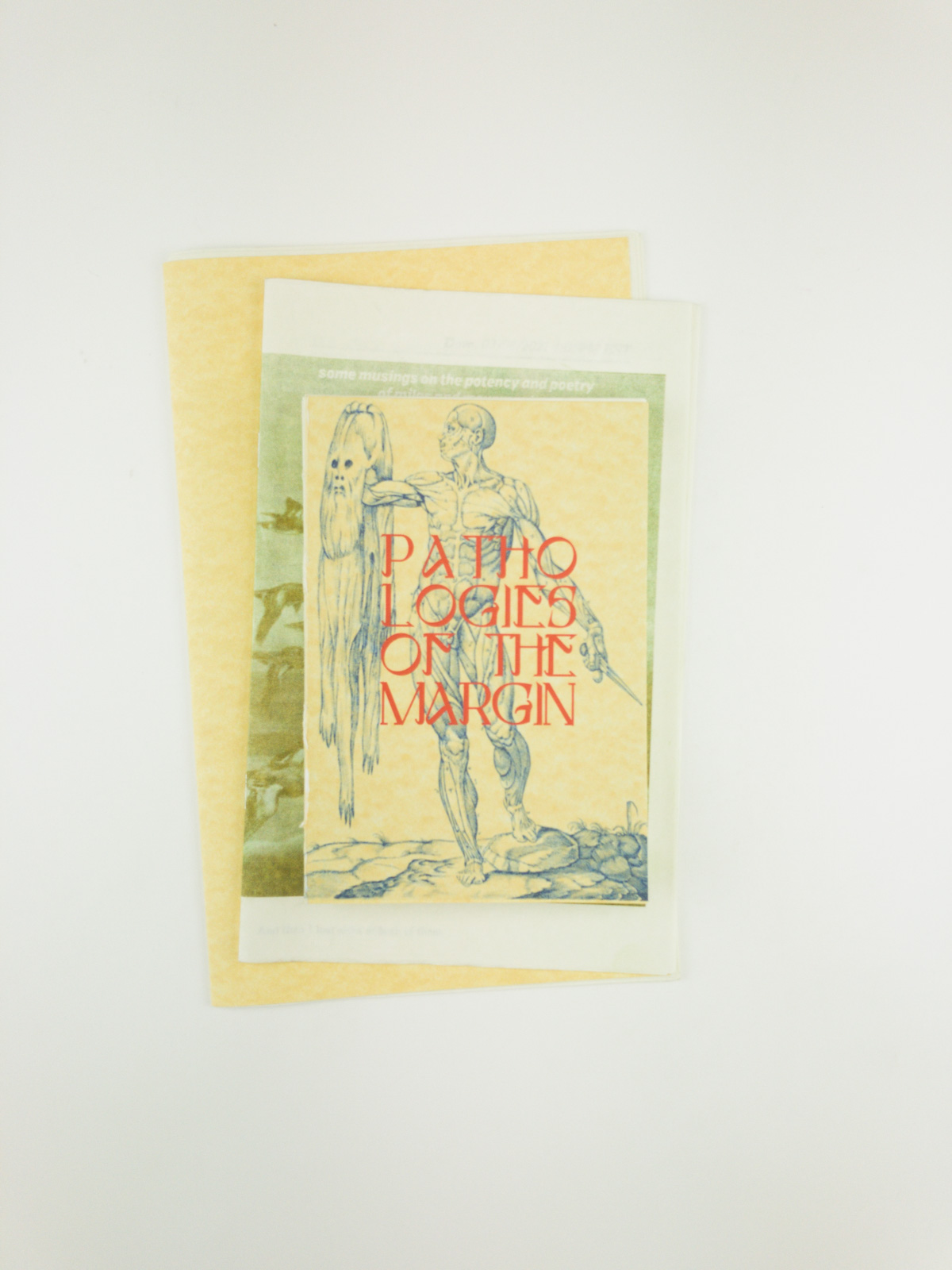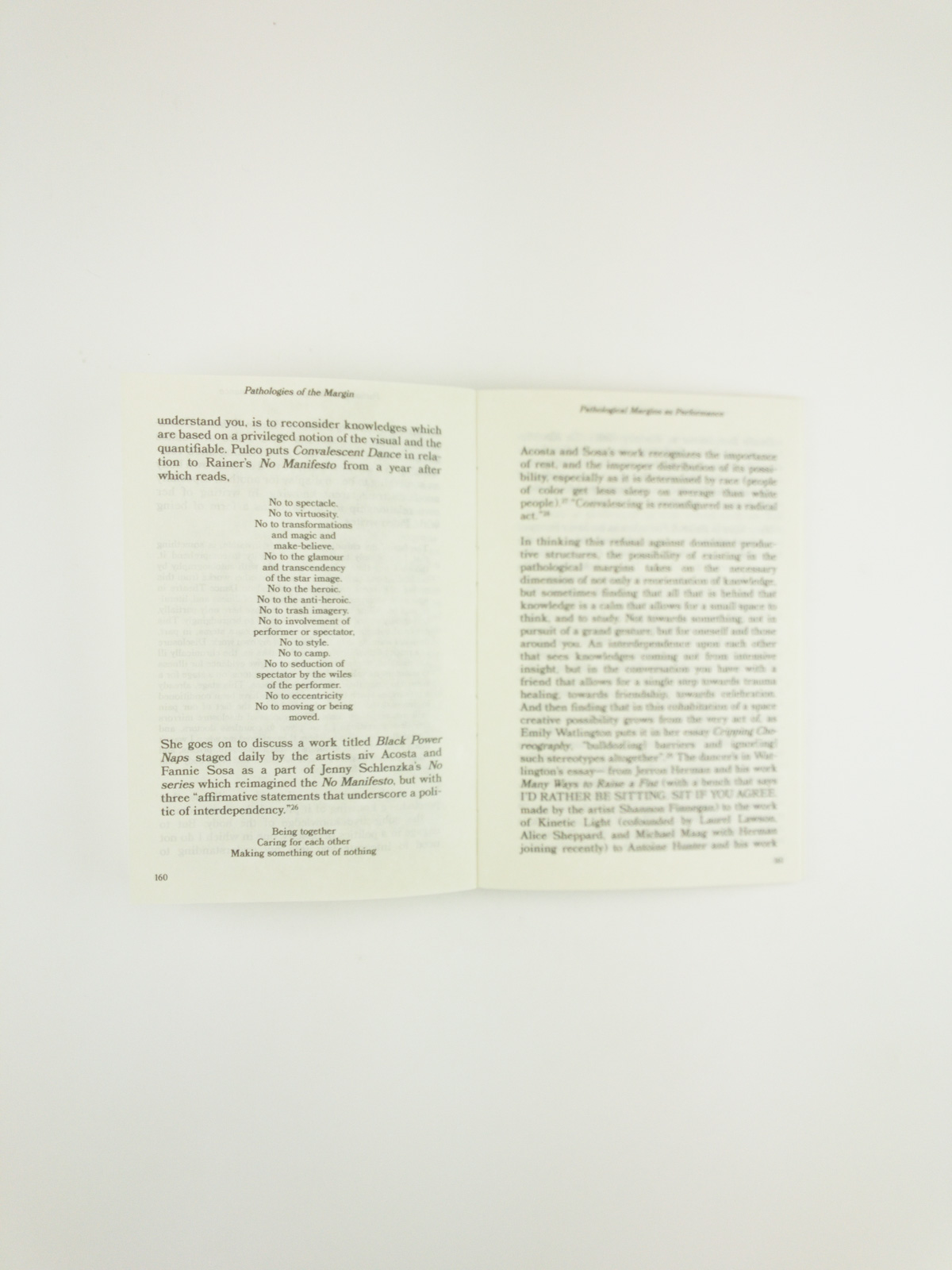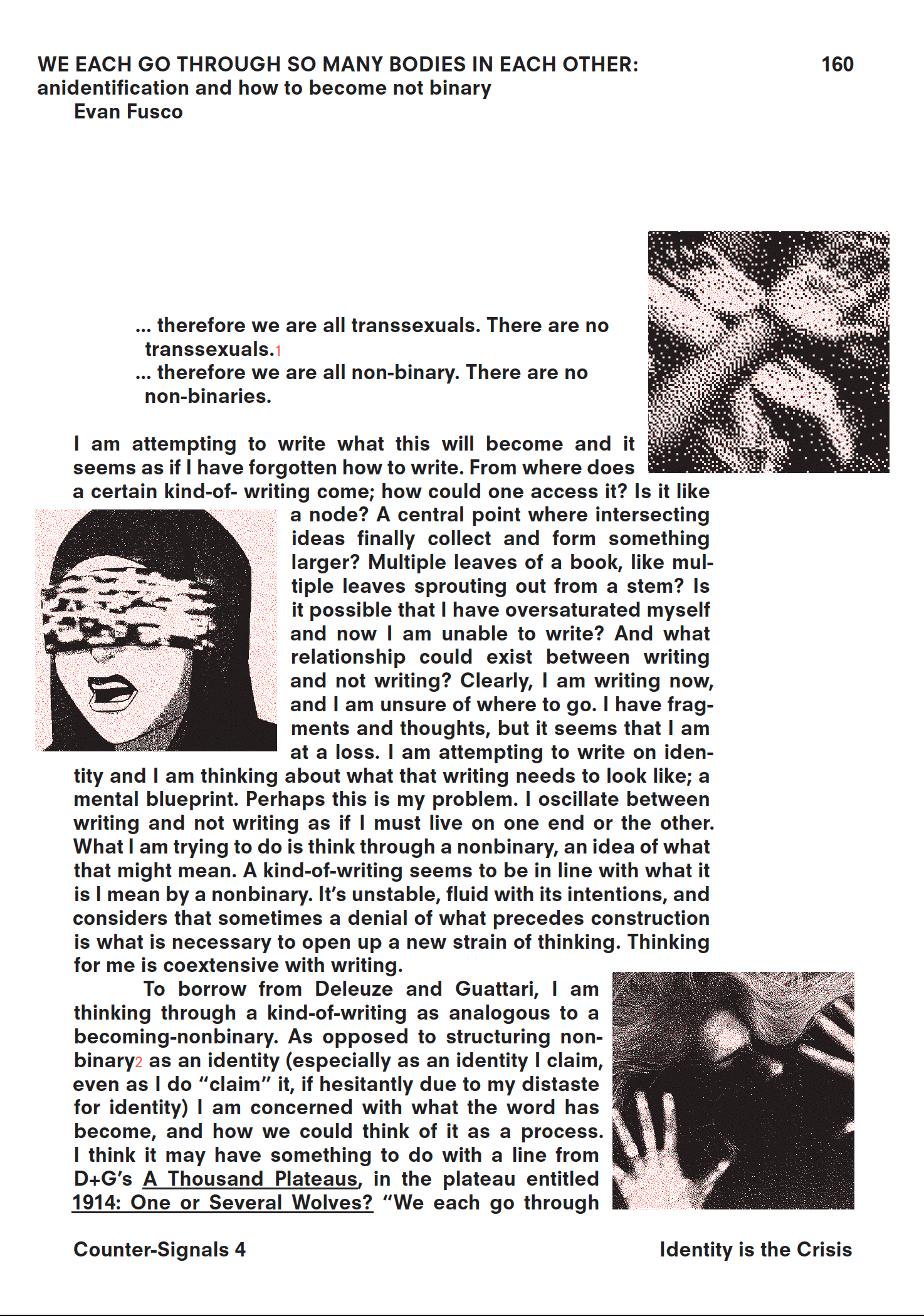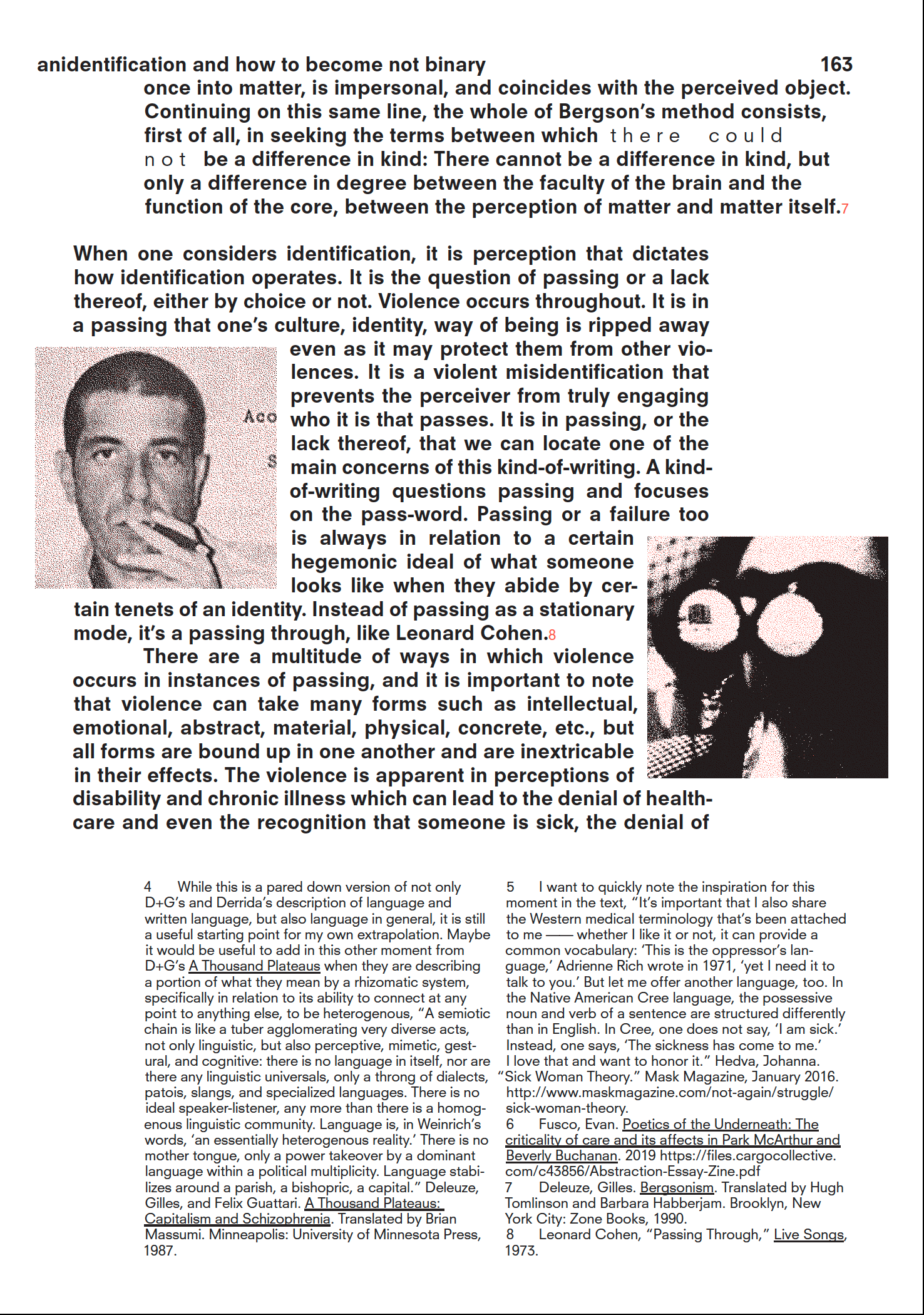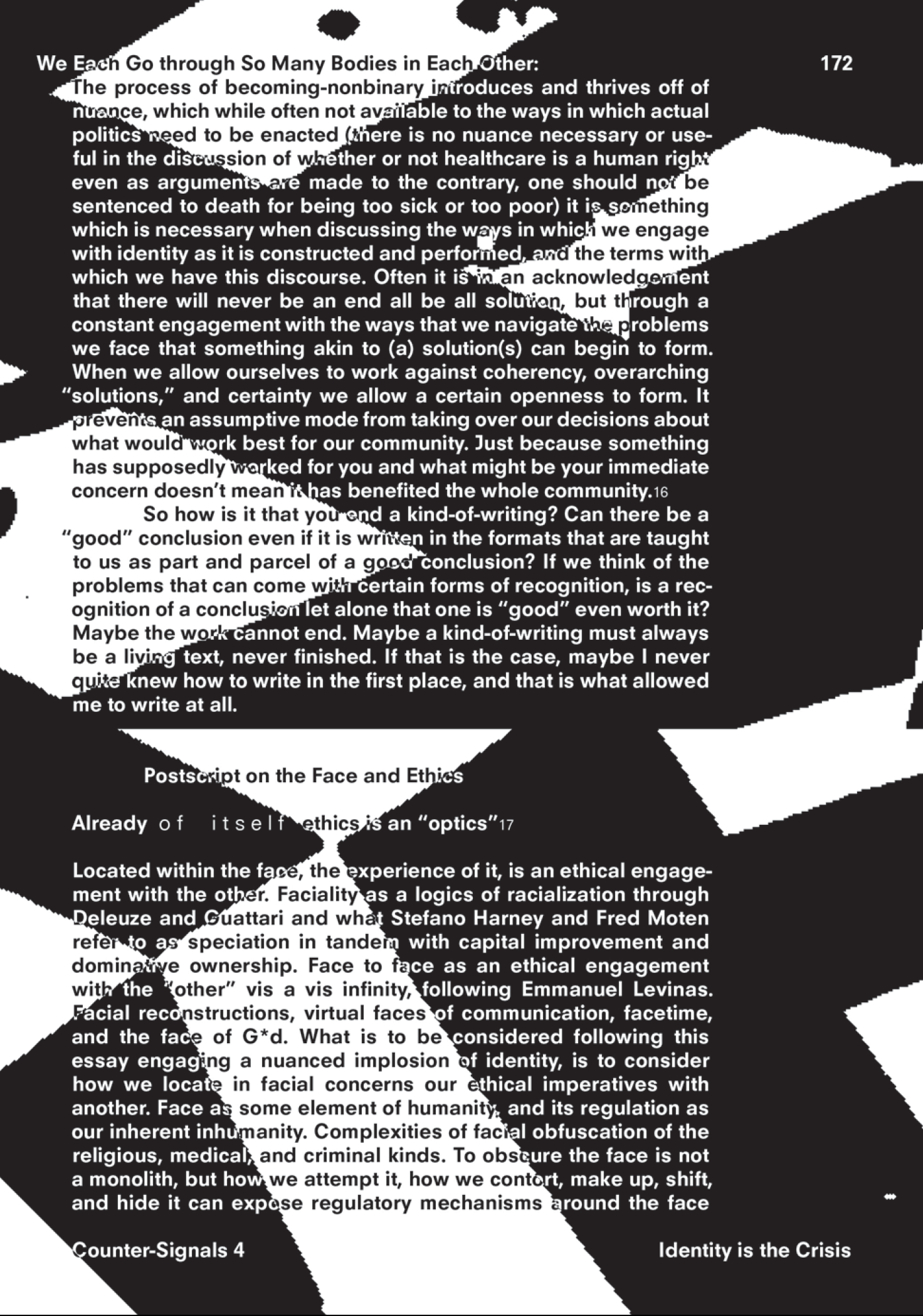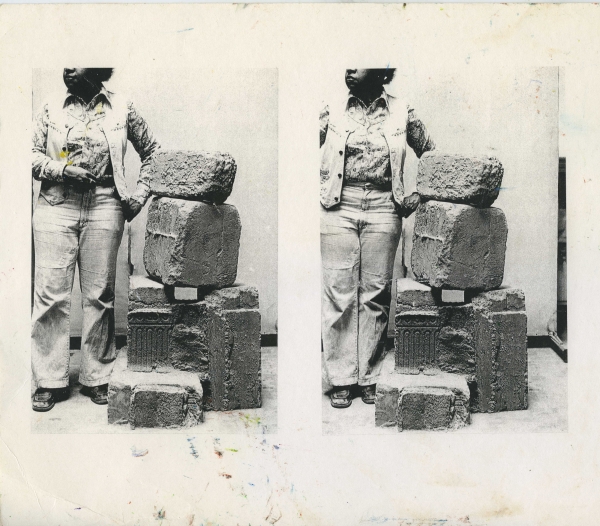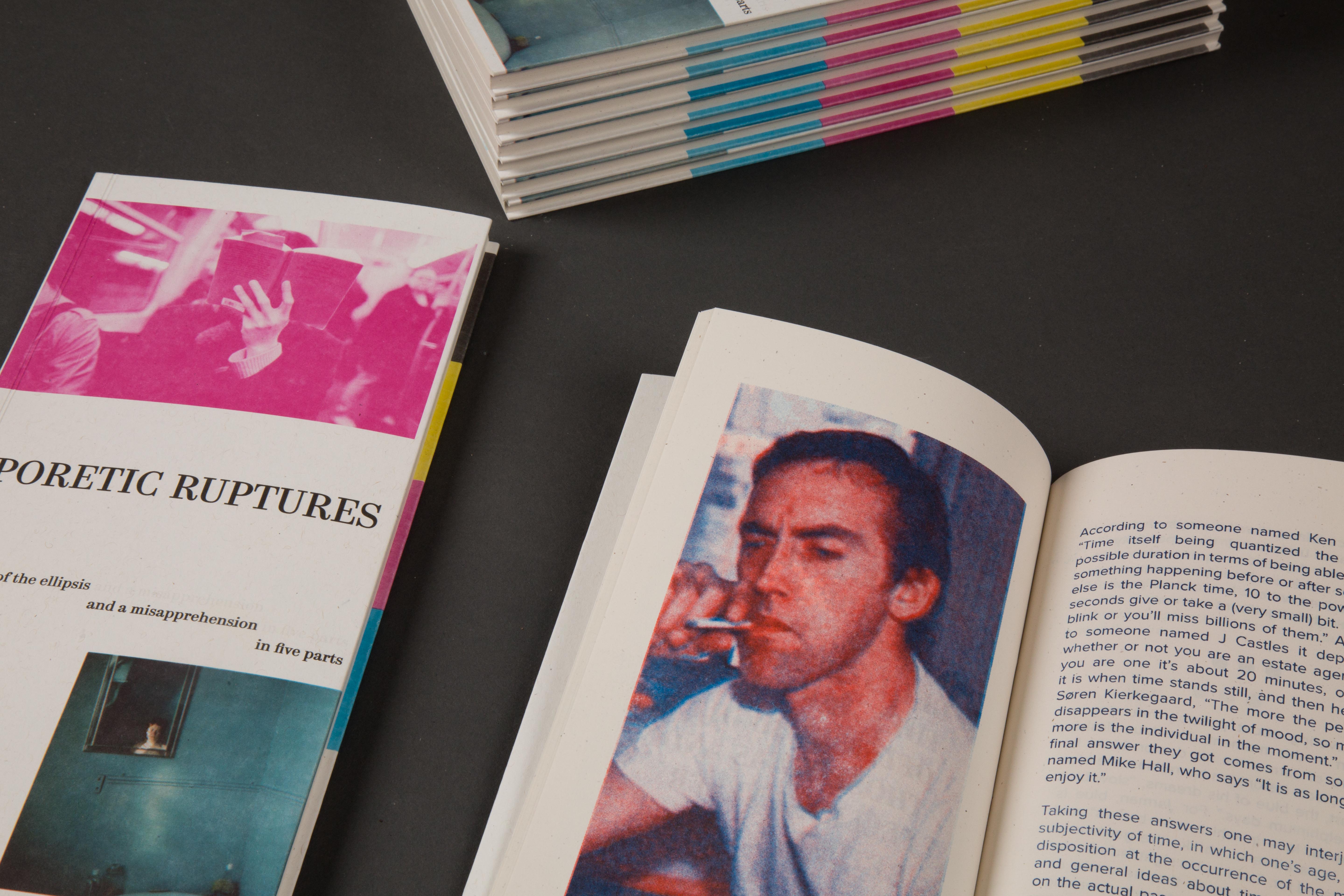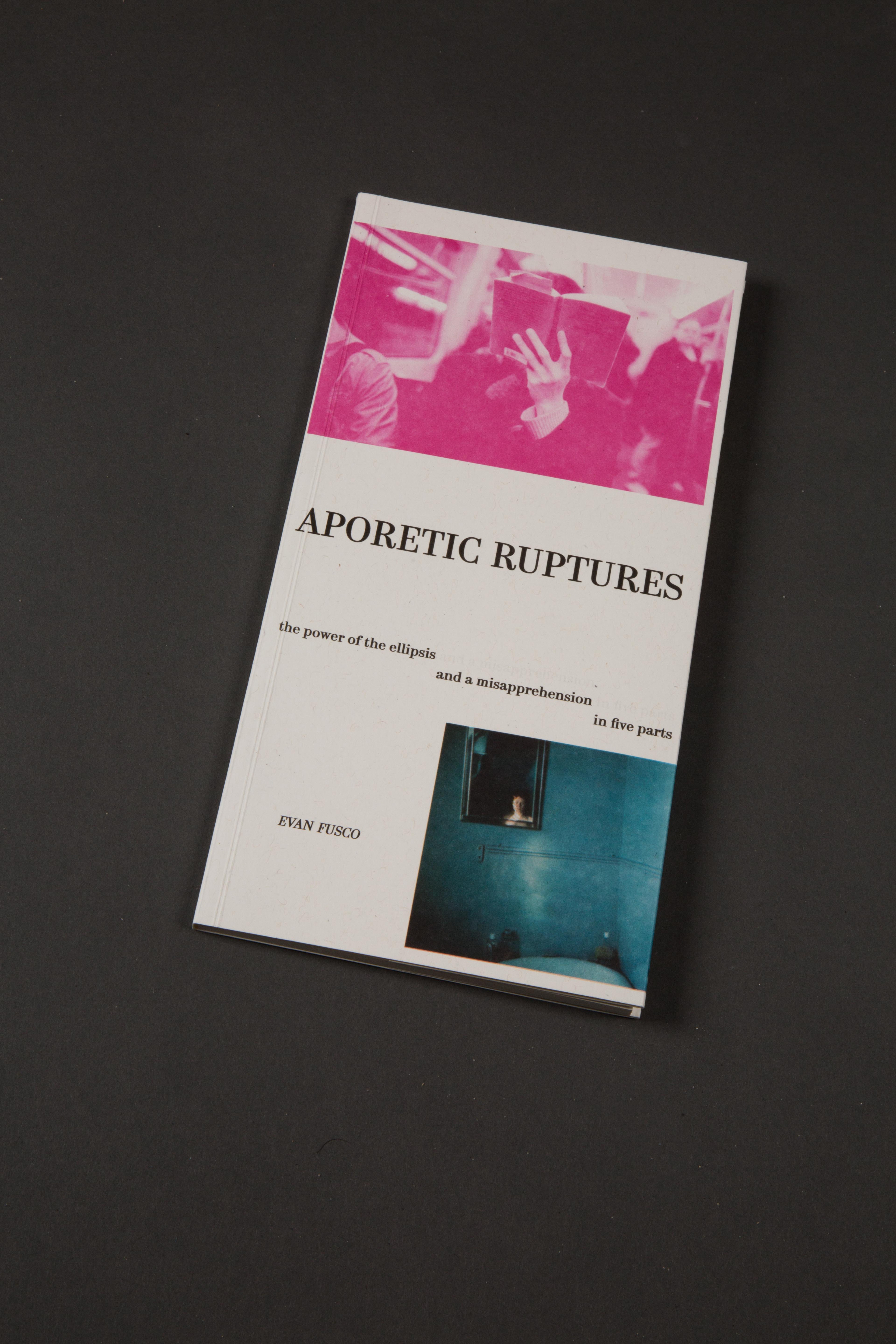![]()
Andi Crist “Office Hours” at Tiger Strikes Asteroid, 2025
︎ A review I wrote for Chicago Artist Writers on the artist Andi Crist’s show at Tiger Strikes Asteroid thinking through the thingness of labor in her work about work.
A series of non-poetic
octaves in a
monochromatic key
written in the
beginnings of
Saturn’s return
thought toward as
sculpturally
linguistic paintings
in 29 parts, 2023
︎ Taking the form of 29 non-poetic octaves accompanied by a series of clarifying footnotes A series of non-poetic octaves... explores the monochrome, how we consider our realities, how we understand and process these, and what places our relations with each other and things plays in these interplays. Disparate islands of language coalesce through the engagement of the reader and ask much of what occurs when the imagination is allowed to explore. The reading of the work is as much a performance as the book itself.
PDF copy here.
Pathologies of the Margin; a study in dissipation, 2021
︎ In what ways do we implicitly structure our dominant ideas about minoritarian identities as pathological; as forms of, or symptoms of, a disease? And what would it mean to take this position of the pathogen relegated to the margins of the book, the built environment, histories, and society as a space we occupy together? Pathologies of the Margins; a study in dissipation considers these questions which sit at the intersection of medical knowledge(s) and cultural criticism as an ambiguous space for consideration. In what is called a heuretic practice, art and theory are brought in cohabitation to expand and distort the possibilities of the otherwise and otherhow built into the forgotten and pathologized margins. Following in a synthetic amalgam created by a concurrent reading of Joseph Grigely’s Textualterity: Art, Theory, and Textual Criticism, Fred Moten’s Blackness and Nothingness (Mysticism of the Flesh), and Georges Canguilhem’s Normal and the Pathological a series of peregrinations through art and history masquerading as chapters attempt and fail to answer the questions they put forth, opting instead for the possibility of further questions scribbled in the margins between writer and reader. When those who are relegated to the pathological margins are allowed to die for the greater health of the body politic, and life chances are distributed unevenly along lines of what and who are considered normal, what does it mean to think again and deeply about Canguilhem’s idea that “Disease is a new way of life” and Moten’s assertion to think the pathogenic as that which “bears or is the potential to end the world”?
PDF copy here.
We Each Go Through So Many Bodies In Each Other:
anidentification and how to become not binary, 2021
︎ A consideration of what it means to be non-binary through the act of writing—a reexamination of cultural transcriptions onto the body—as opposed through the usual avenues of an indentificatory politics that sees a kind of visibility as that which constructs and reinforces a positive identity. Here, anidentification, obfuscation, an opacity (following the work of Èdouard Glissant), and a removal of easy viewing by design become the hallmarks of what it could mean to become not binary, as opposed to an increasingly easy to package non-binary identity creating what amounts to a tertiary as opposed to a binary. To think again, and deeply, about the implications of the title which is a quote from Deleuze and Guattari, “We each go through so many bodies in each other.”
This piece can be found in Other Forms’ Counter Signals #4 Identity is the Crisis, Can’t You See? and can be purchased at Inga Books, Good Press in the UK, as well as at Other Forms website, which includes an expanded description of the book as a whole.
![]()
![]()
Poetics of the Underneath:
Subterranean care and intersubjective sociality
in Park McArthur and Beverly Buchanan, 2021
︎ this is the second version of this essay and can be found here
For Sampada Aranke without whom this essay would not exist.
Aporetic Ruptures: ... the power of the ellipsis and a misapprehension in five parts, 2019
︎ Contemporary print books as we usually encounter them are sequentially minded objects. When read in English we usually read from left to right and from top to bottom. This can easily create a hierarchy of logic in how the book is laid out. While it is not easy to break the structure I will ask of you, the reader, to take this book as open. Its writing structure does not pretend to break out of a normally structured text, but one can choose to read it out of order, jump around. I do not want to prescribe the nature by which you do this, but the ellipsis and the sections are a good starting point. Maybe look at just the pictures. The book oscillates between the theoretical, the poetic, the seemingly esoteric, and the casual, I ask that you take what you want and leave the rest.
Offset and Risograph printed Perfect-Bound Book
76 pages contains an essay which can be found here



